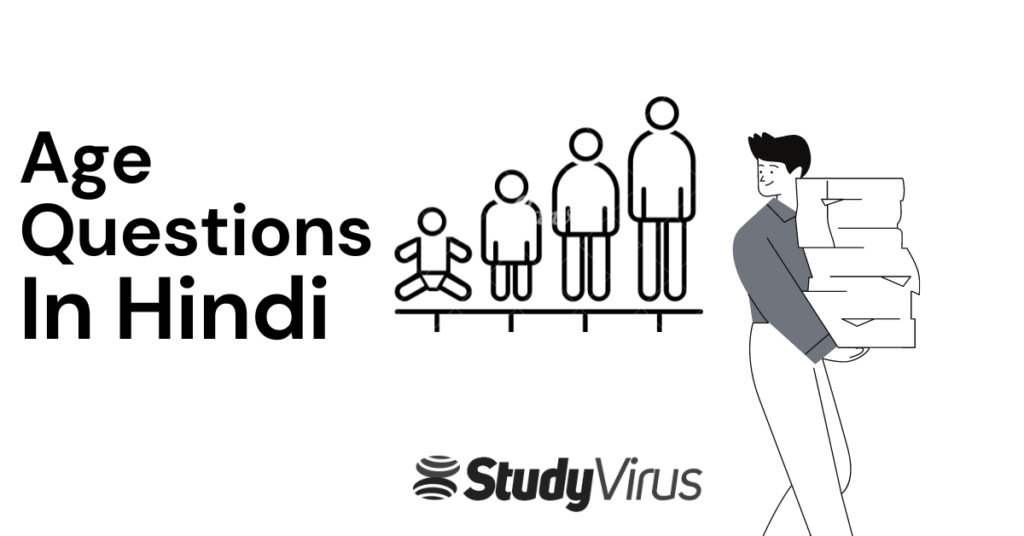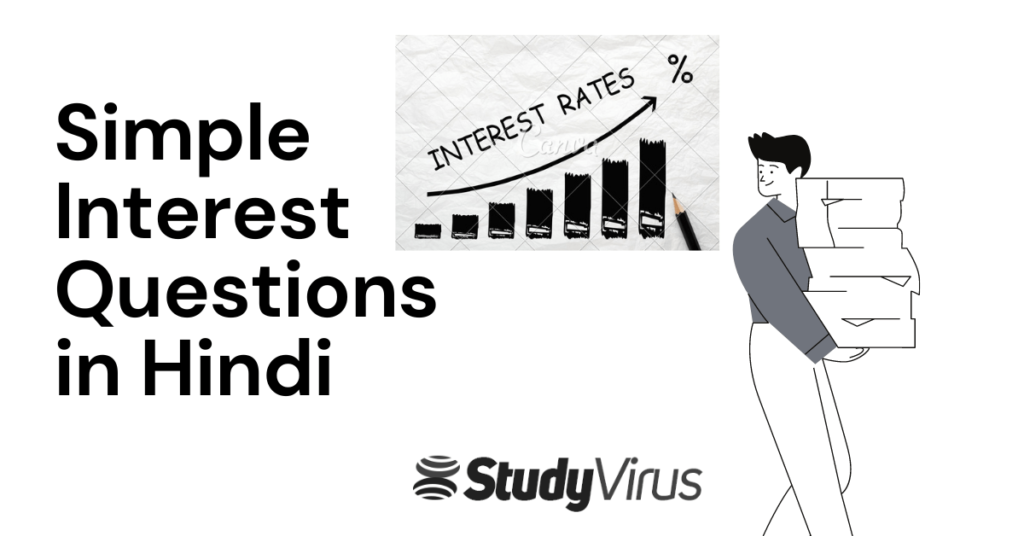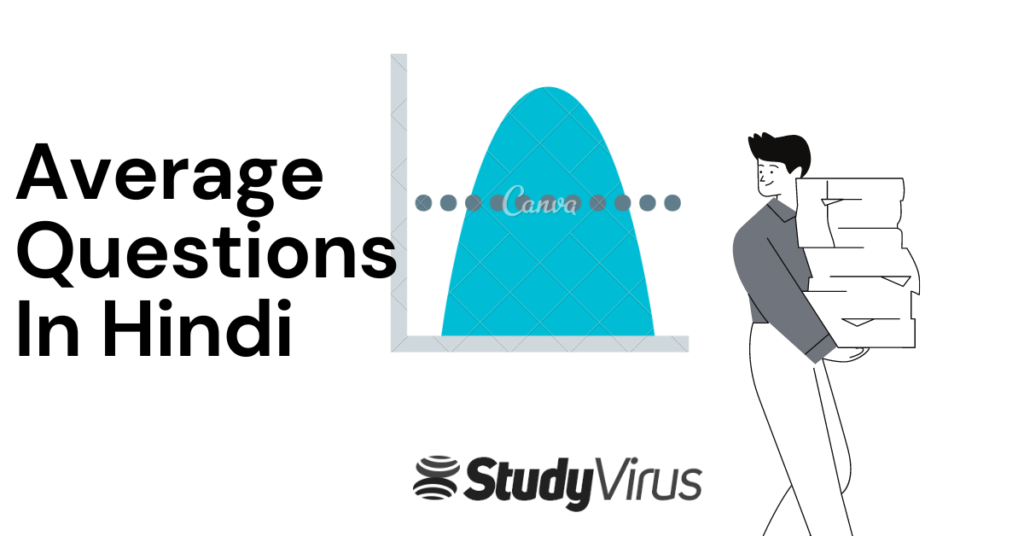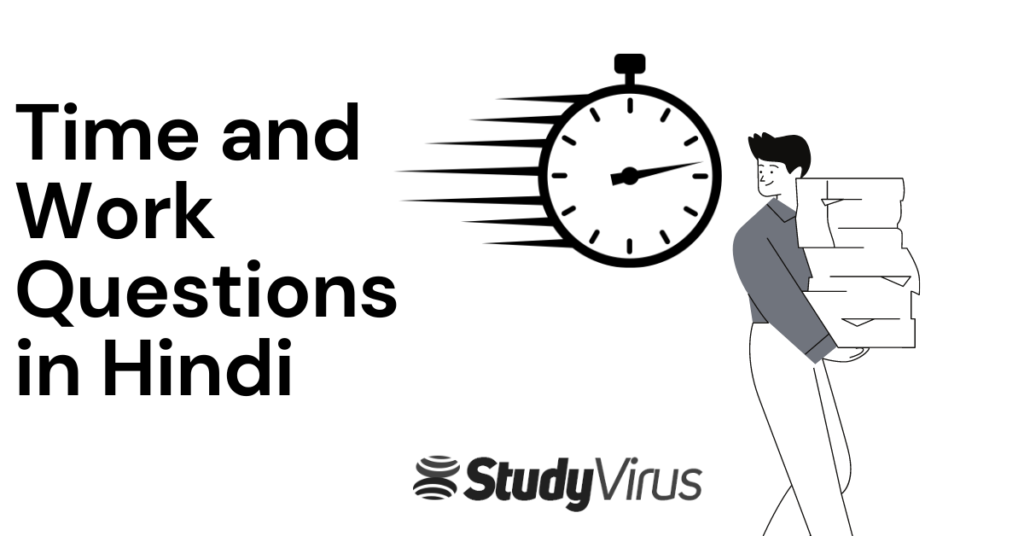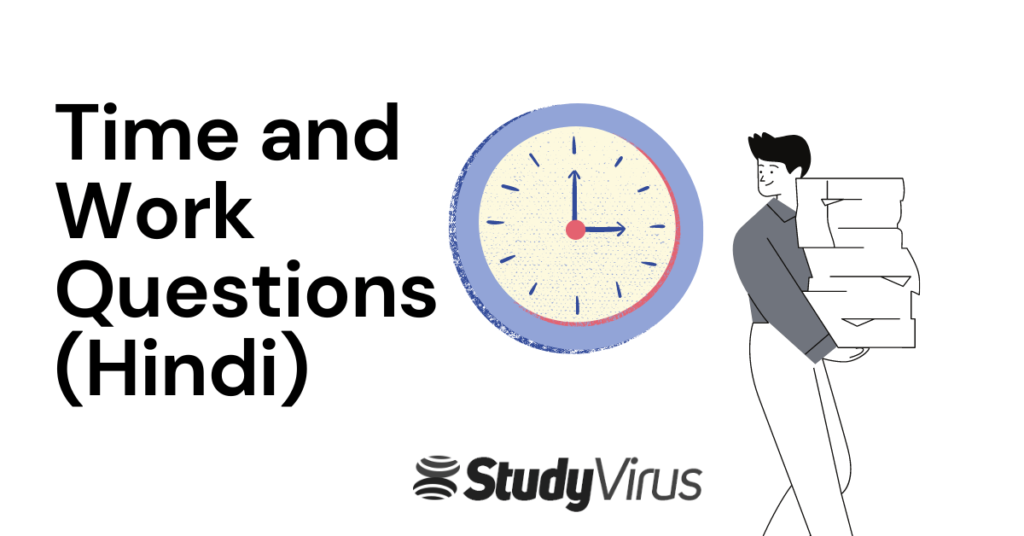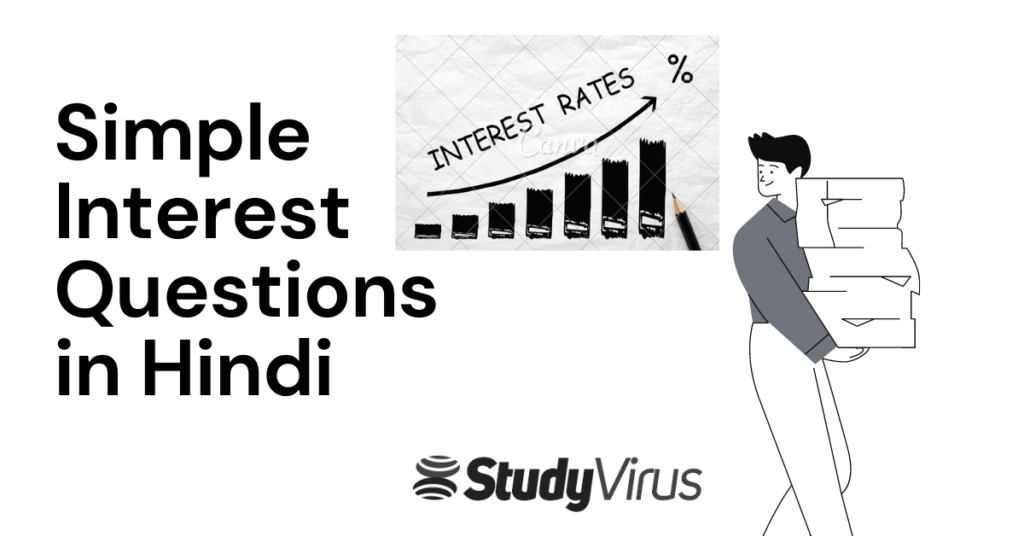2025 में मैंने घर बैठे कमाए ₹95,000 – मेरी सच्ची कहानी
2025 में मैंने घर बैठे कमाए ₹95,000 – मेरी सच्ची कहानी 2025 में मैंने घर बैठे कमाए ₹95,000 – मेरी सच्ची कहानी क्या आप भी महीने के अंत में बैंक बैलेंस देखकर सोचते हैं – “इतना कम कैसे बचा?” 2024 के अंत में मैं भी इसी मोड़ पर था। एक प्राइवेट नौकरी, ₹35,000 की सैलरी, […]
2025 में मैंने घर बैठे कमाए ₹95,000 – मेरी सच्ची कहानी Read More »


